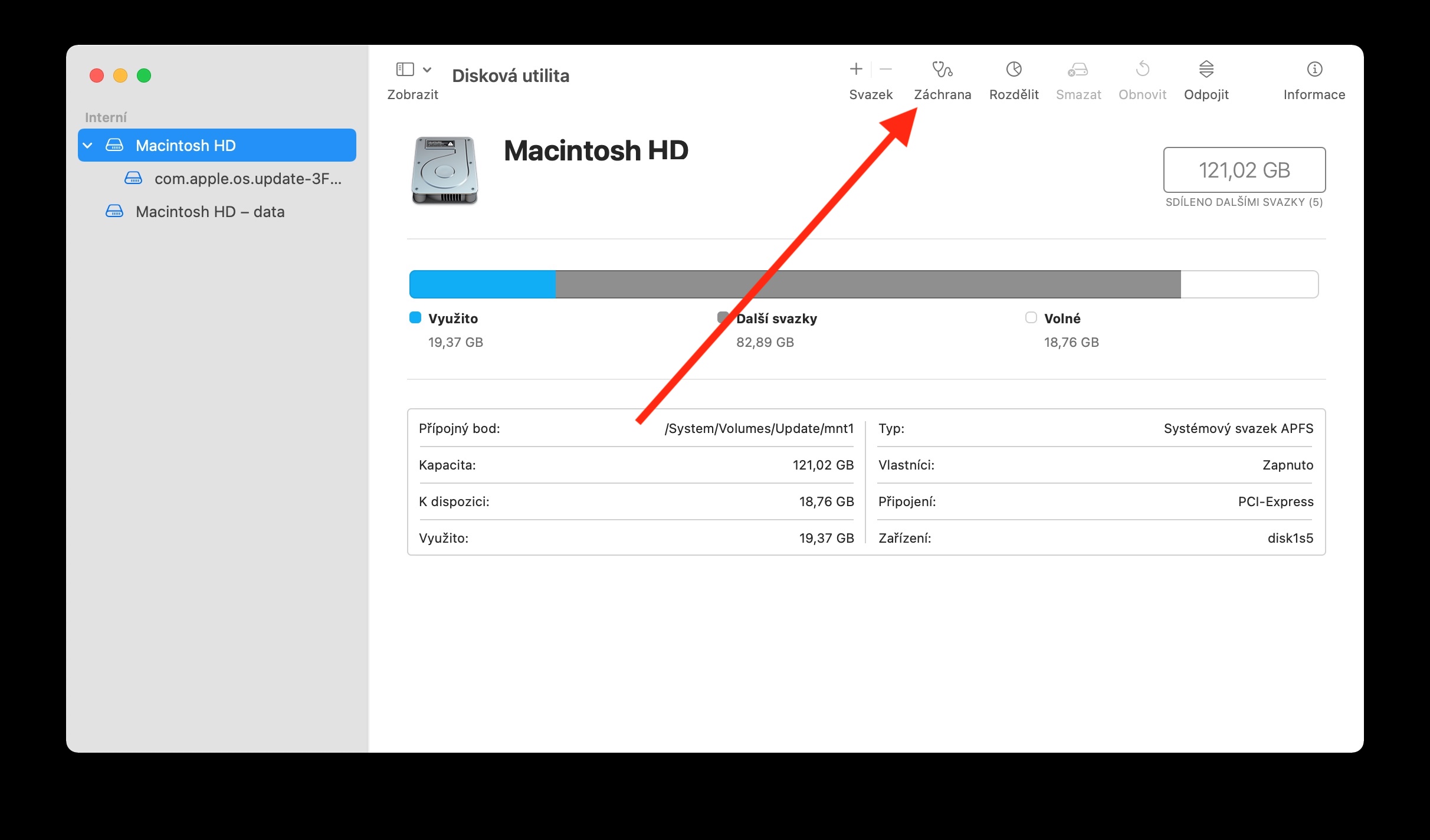Check apps
While newer Macs can easily handle multiple running processes, it's a bit more difficult for older models. If you've been working on your Mac for a long time, it could be that an application running in the background that you forgot about is behind its slowdown. If you want to check what applications are currently running on your Mac, and press and hold the keys Cmd+Tab. You will see a panel with the icons of all running applications, and you can select and close the ones you don't need. You can also think about whether it is not needed uninstall some apps.
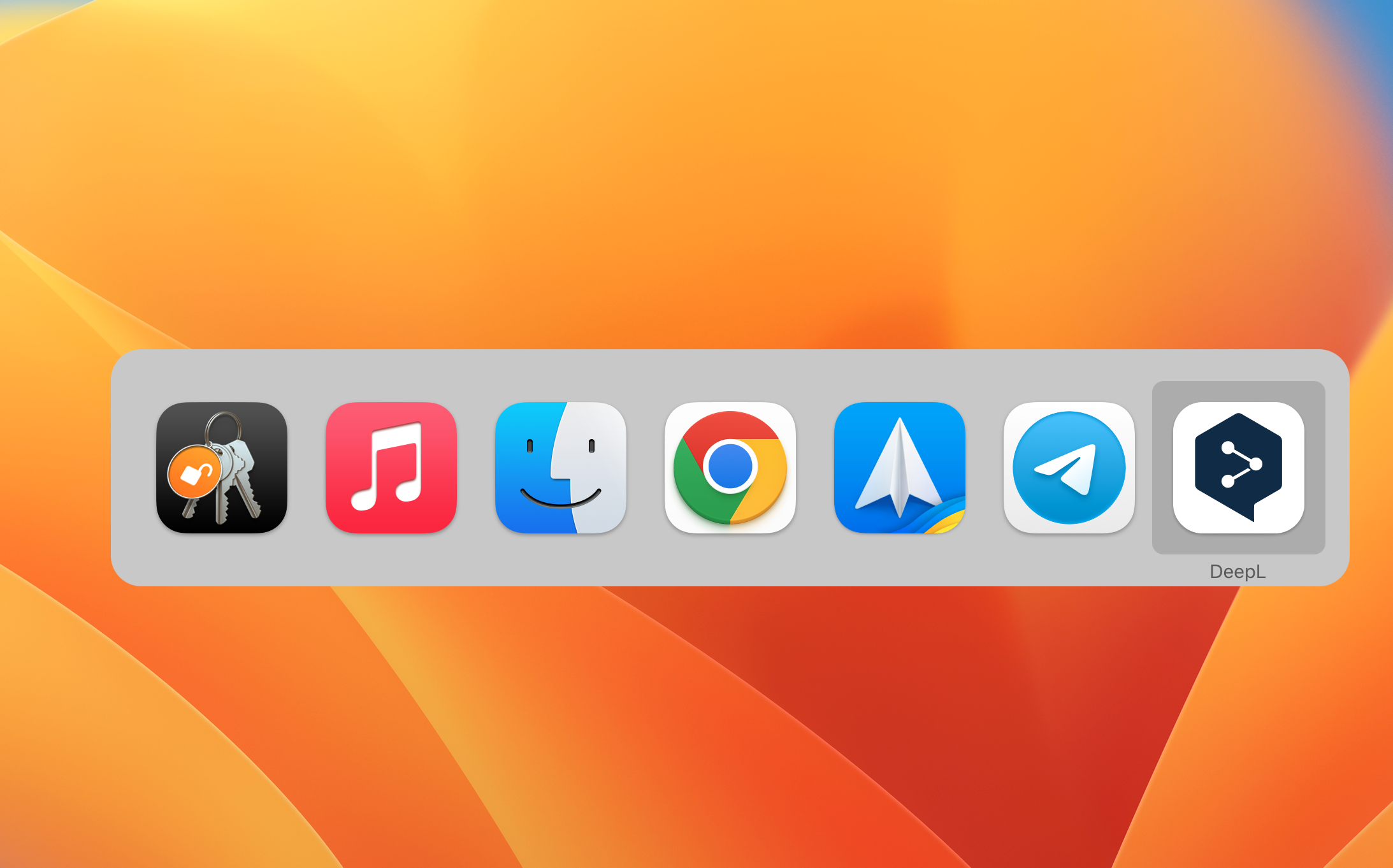
Tame the browser…
When working in a web browser environment, it often happens that a lot of open tabs or windows accumulate on the Mac. Even these processes can slow down older Macs significantly. So try with a web browser close the cards, which you are not using and also make sure that you don't have multiple browser windows running on your Mac.
It could be interest you
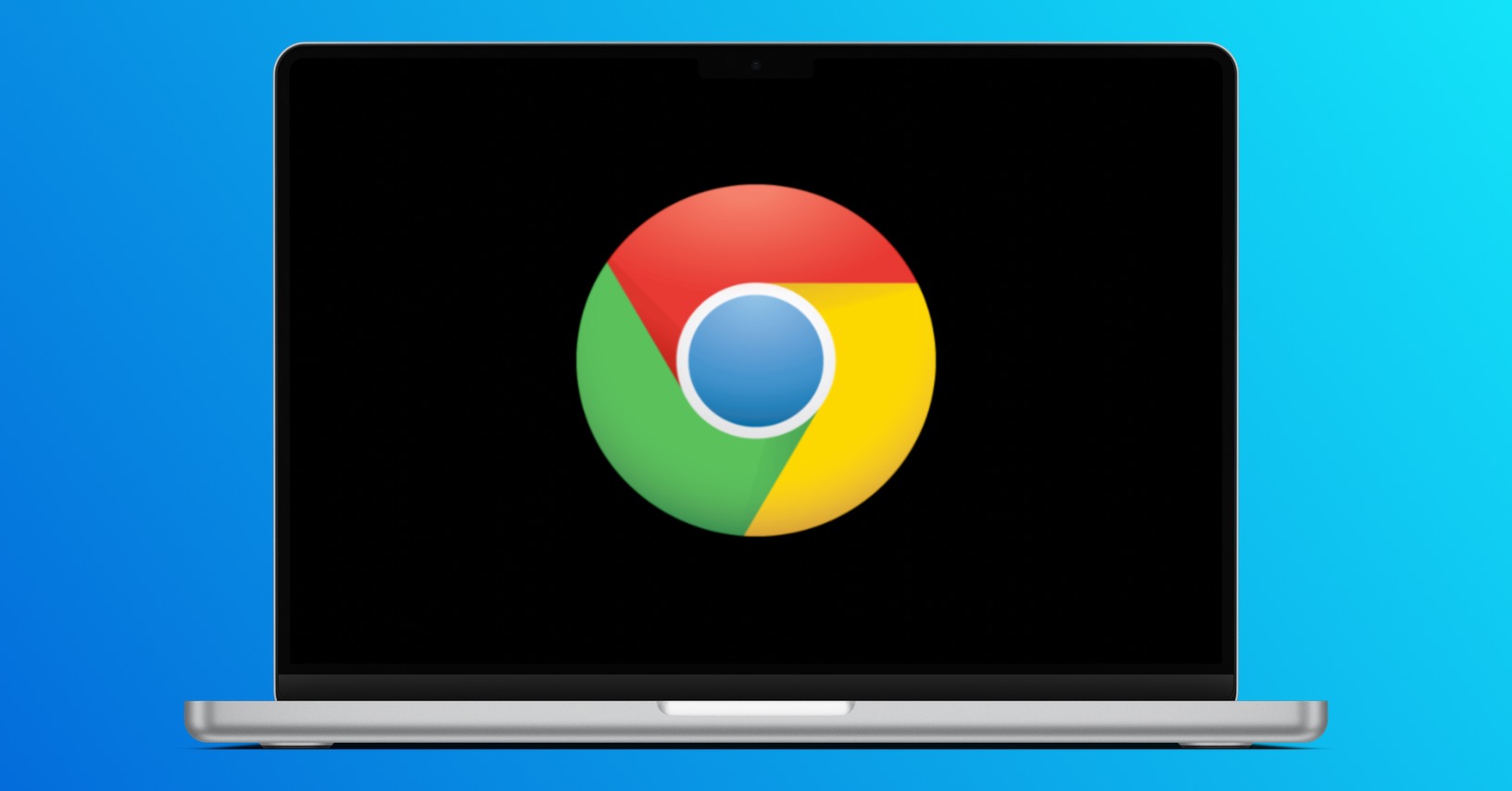
…to tame the browser a little more
Browser operation can have a really significant effect on the speed of our Mac. In addition to the number of open tabs, other processes such as some extensions can slow down your Mac. If you need to temporarily speed up your Mac, give it a try disable the extension, which could potentially slow it down.
It could be interest you
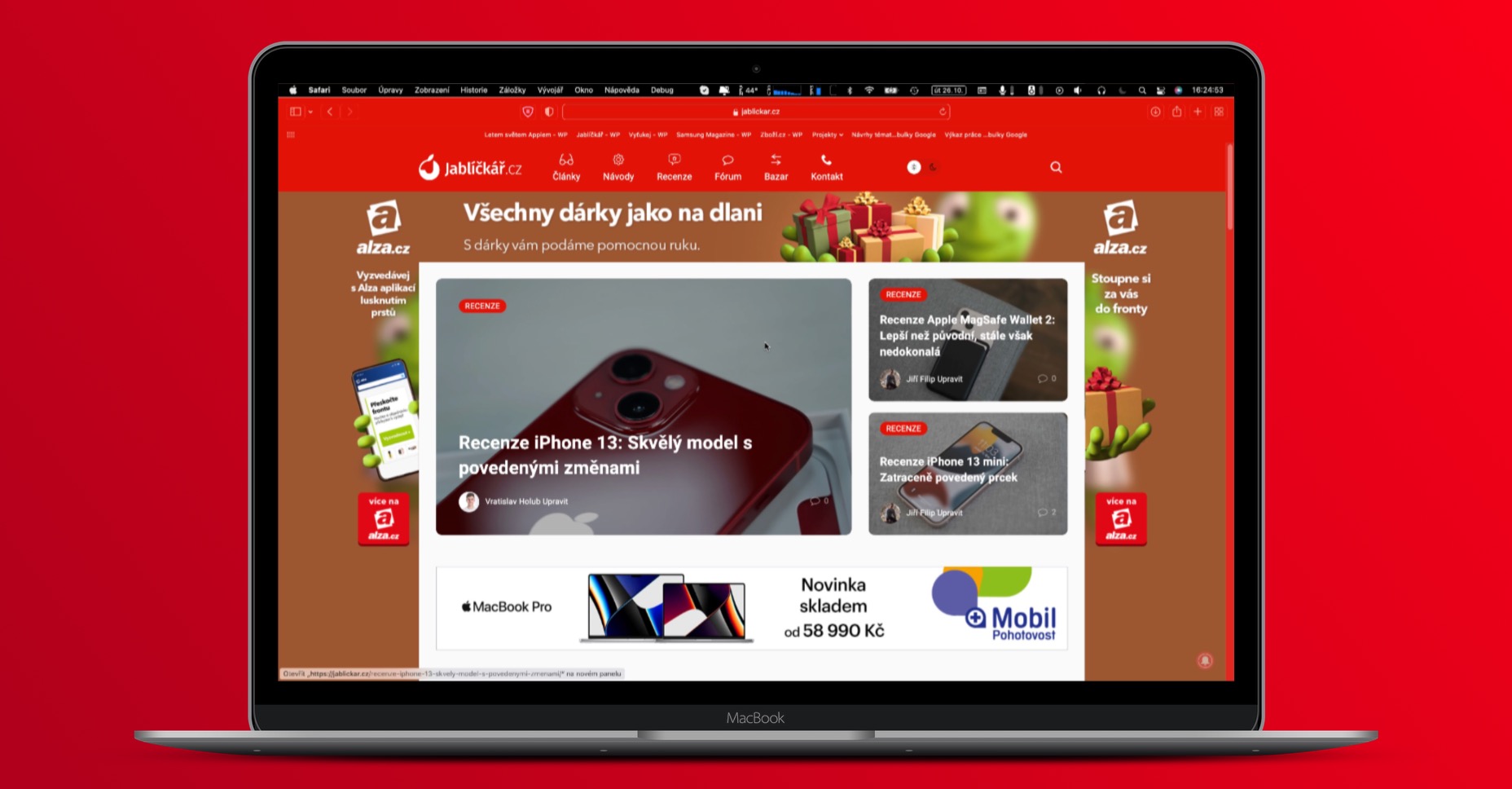
FIRST AID KIT
If you can't figure out why your older Mac has suddenly slowed you down significantly, you can try a really fast disk using Disk Utility. Run it Disk Utility (either through Finder -> Applications -> Utilities, or through Spotlight), and in the sidebar on the left select your drive. Click on it, then choose Disk Utility at the top of the window Rescue. Click on Start and follow the instructions. You can also try NVRAM and SMC reset.
Clean up on your Mac
It may surprise you, but the smoothness and speed of your Apple computer can also be affected by how much its desktop, or Finder, is full. Try not to put unnecessary content on the desktop - use sets, or clean up the contents of the desktop into a few folders. In the case of the Finder, it helps again if you switch from icon view to list mode.
It could be interest you
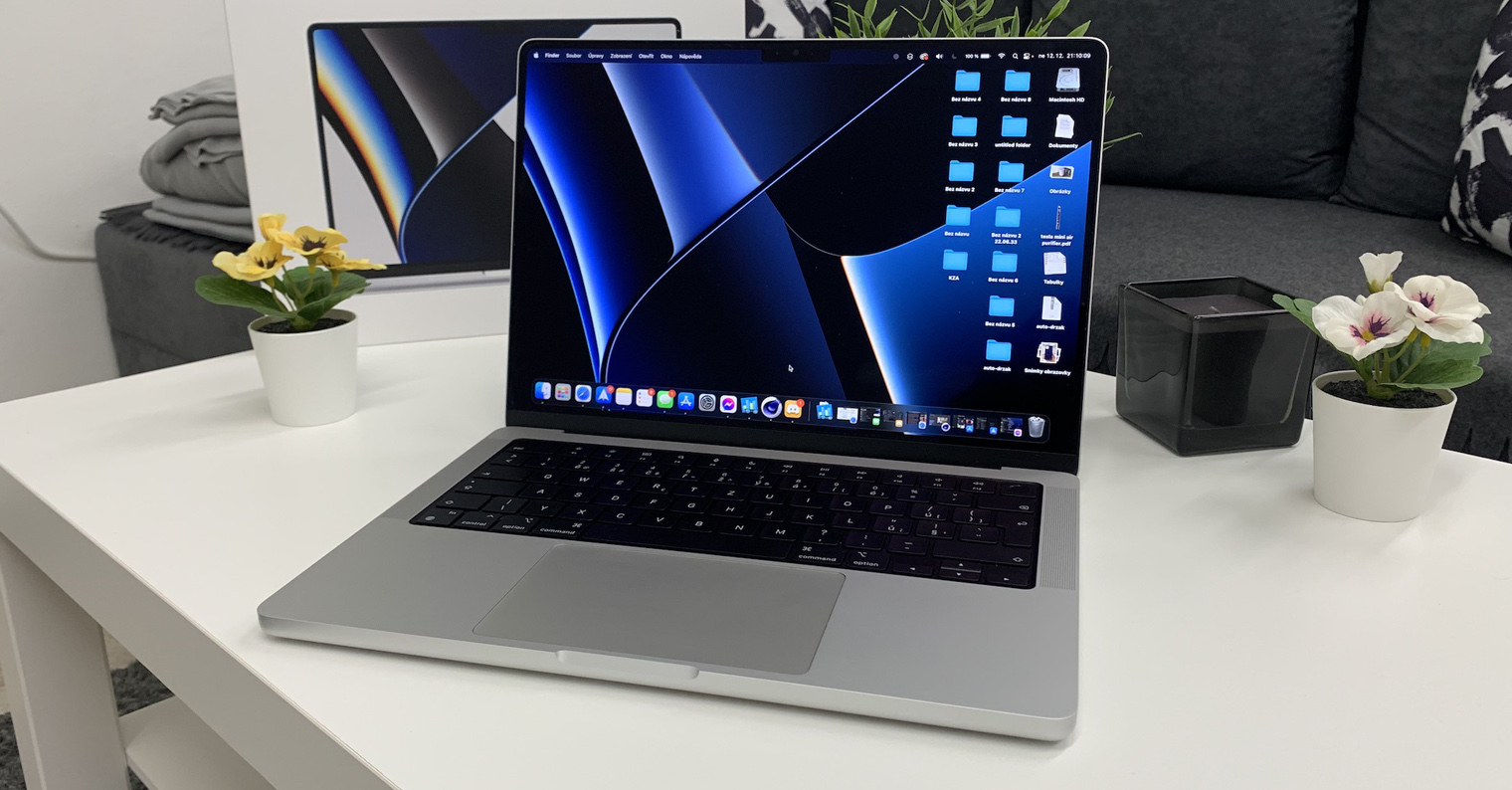
 Flying around the world with Apple
Flying around the world with Apple 
